Executive Summary
At some point during their lives, virtually all workers will need time away from work to care for a loved one and/or cope with a health problem of their own. While this need for time off is nearly universal, a significant share of workers in the United States currently lacks access to any kind of guaranteed leave to provide or receive care. Thus, many workers are forced to choose between caring for themselves or a loved one and losing wages or even their job. Paid leave benefits are also highly inequitably distributed; workers who earn more, work for large employers, or hold white-collar jobs are much more likely to have access to paid family and/or medical leave.
This chapter describes how, in the absence of a national policy, states have stepped up as critical leaders in advancing paid family and medical leave (PFML) programs. To date, ten jurisdictions have adopted some form of paid leave policy (CA, CT, DC, HI, MA, NJ, NY, PR, RI, WA). The experiences of these states can offer valuable lessons for future programs. In particular, states have learned the importance of providing sufficient wage replacement rates to permit lower-wage workers to actually use the benefits, conducting robust education and outreach campaigns to inform the public about the program, and simplifying the administrative burden of applying for benefits for both applicants and administrators.
Next, the chapter discusses three policy options for states interested in developing a paid family and medical leave program:
- Universal, contributory social insurance program, exclusive state fund—Throughout their careers, all workers contribute to a state social insurance fund—out of which all benefits are paid—in return for an earned benefit should a PFML need arise.
- Contributory social insurance program with regulated private options—Employers are required to offer a certain level and type of coverage and to comply with specified anti-discrimination and other consumer protections. Employers are free to choose between utilizing the state fund, self-insuring, and/ or purchasing a private plan for coverage.
- Employer mandate—Employers are obligated to provide paid leave benefits directly to their workers, either by self-insuring or by purchasing private coverage.
After choosing a model for the program, policymakers must determine other important design features, including eligibility requirements, qualifying events, the definition of family, benefit design, and job protection. There are also factors surrounding program implementation and integration to consider, such as program administration, education and outreach, evaluation, integration with other state policy mechanisms, coordination with existing employee benefit plans, and coverage for self-employed workers. Ultimately, however, absent a robust national program, states can substantially improve quality of life and financial security for workers and their families by implementing well designed paid family and medical leave programs.
Aparna Mathur
Heidi Hartmann
INFOGRAPHICS
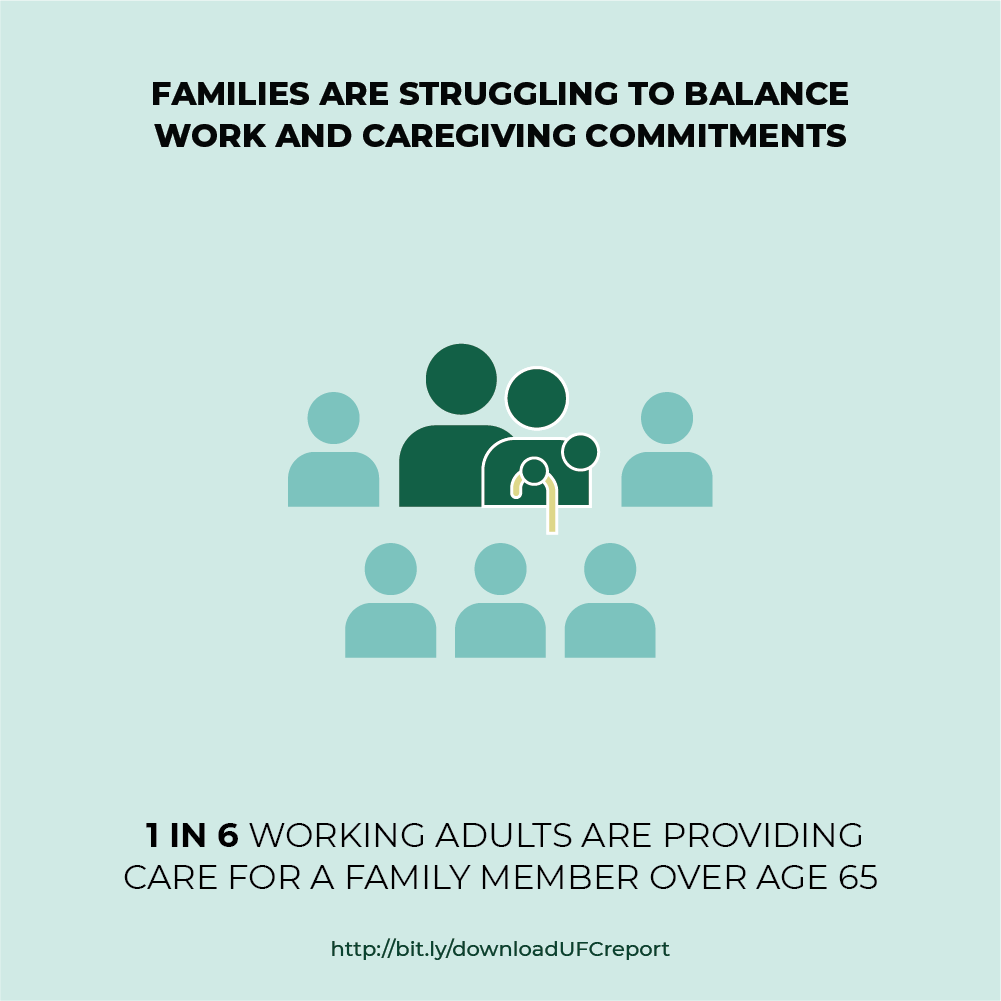
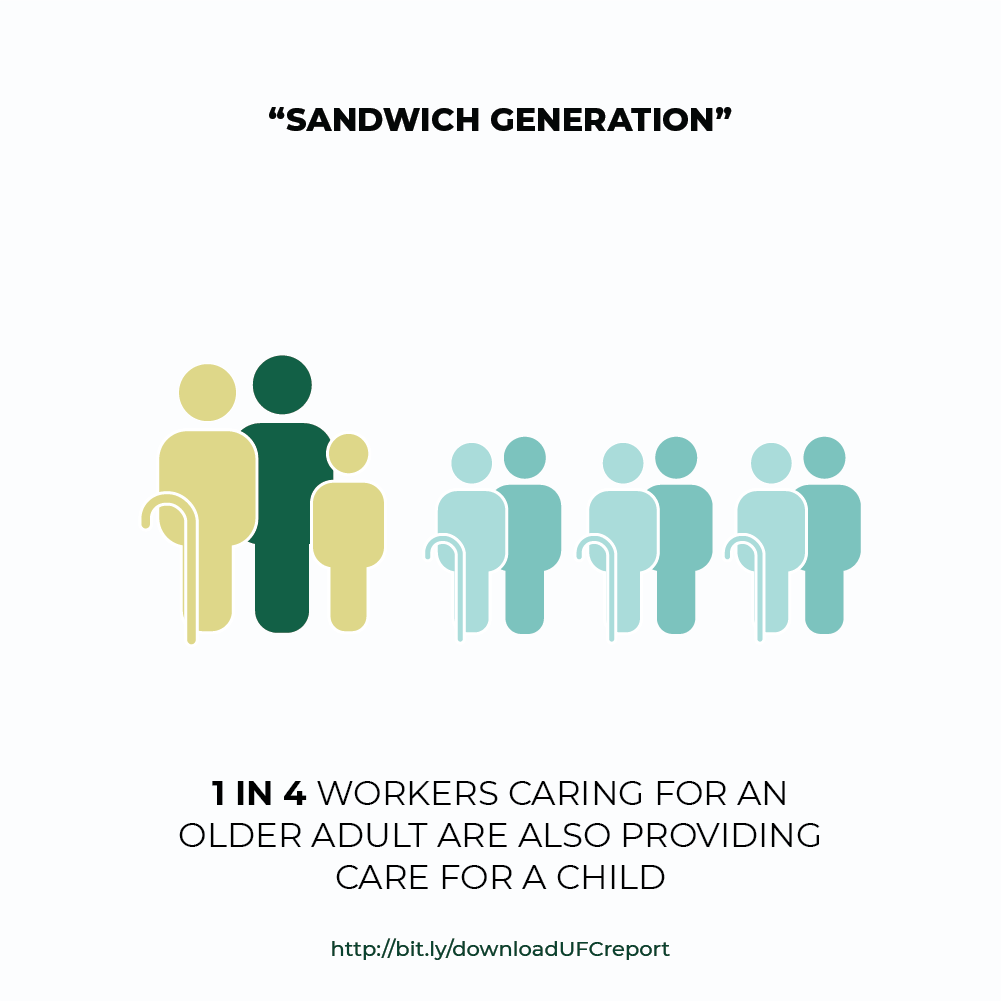
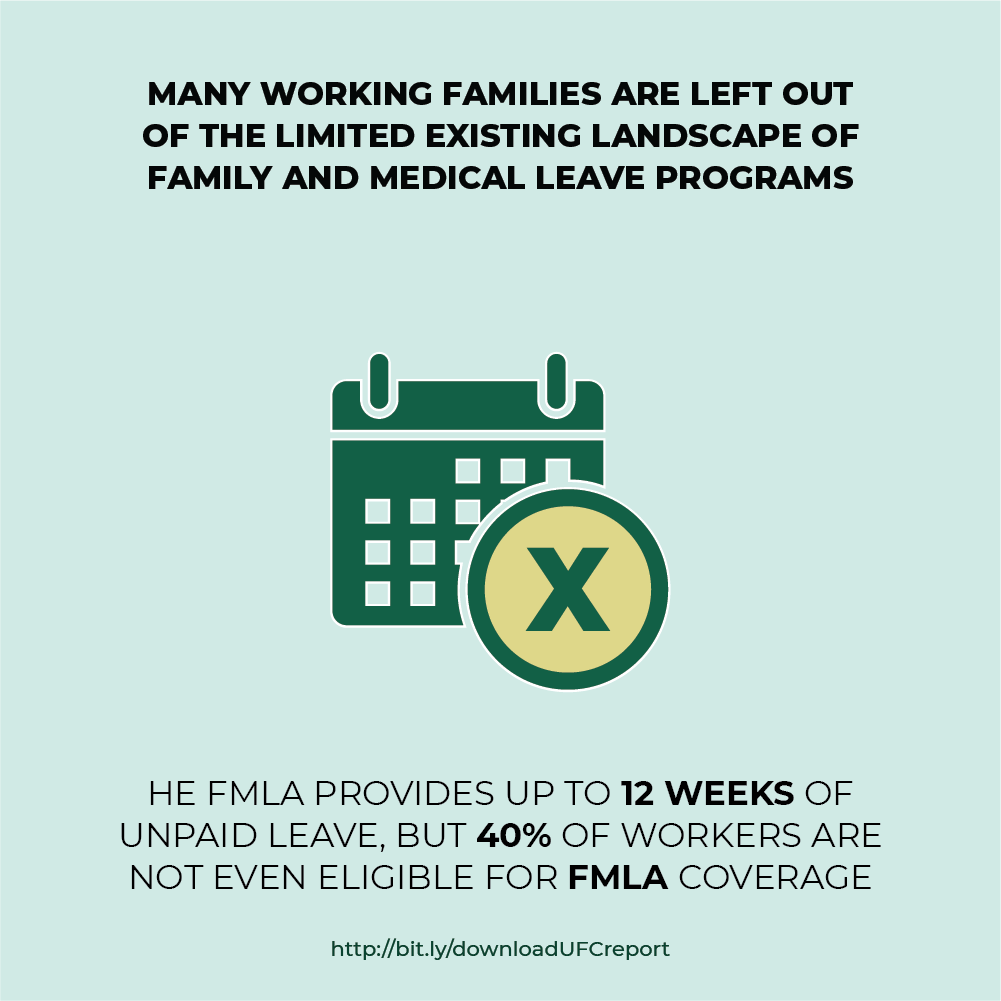
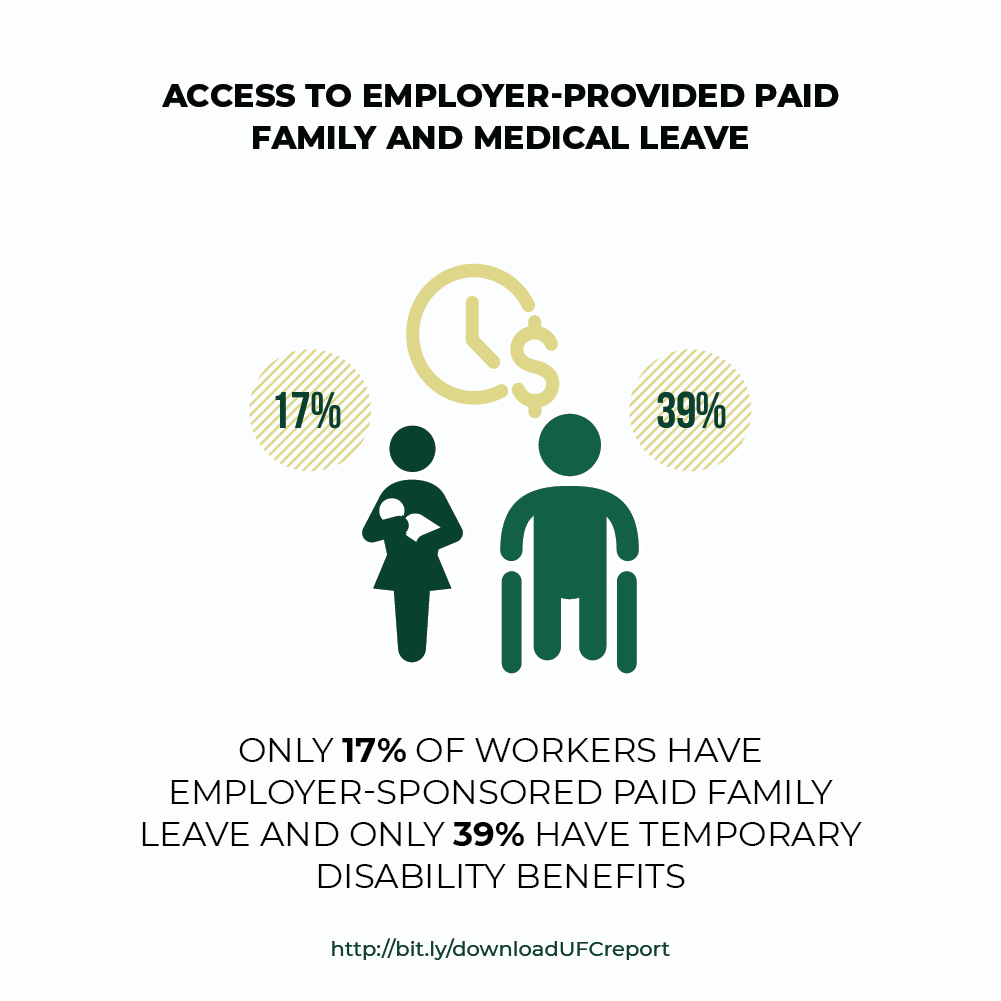
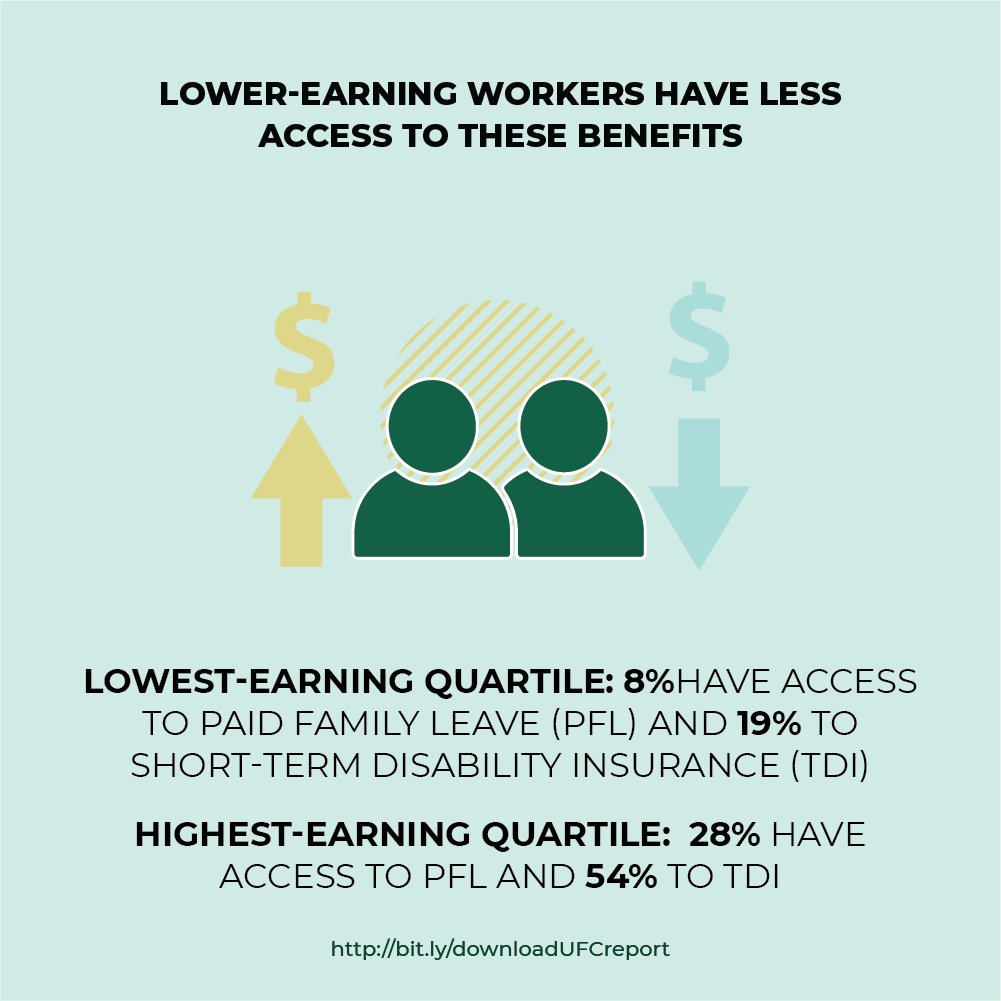
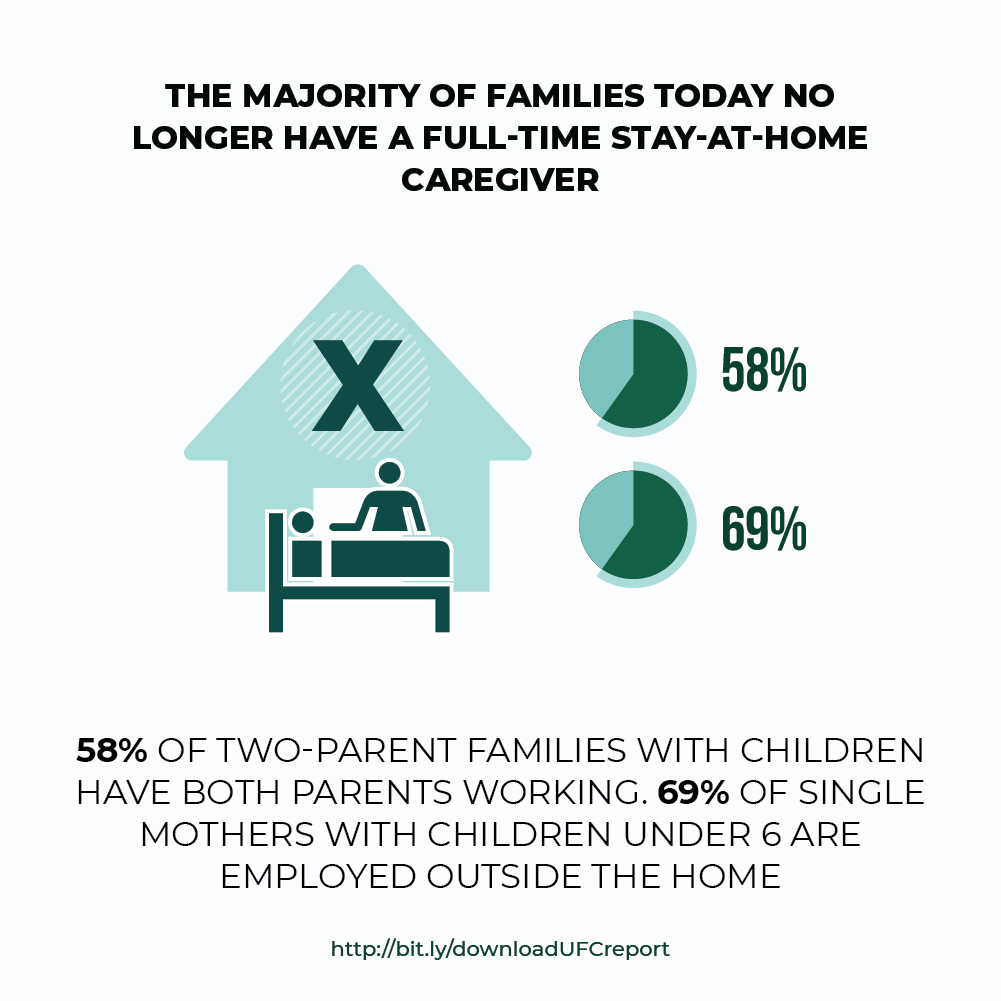
CHAPTER 2 INFOGRAPHIC DOWNLOADS (PDFS)
Want to learn more? Email us at:
info@caringacross.org
